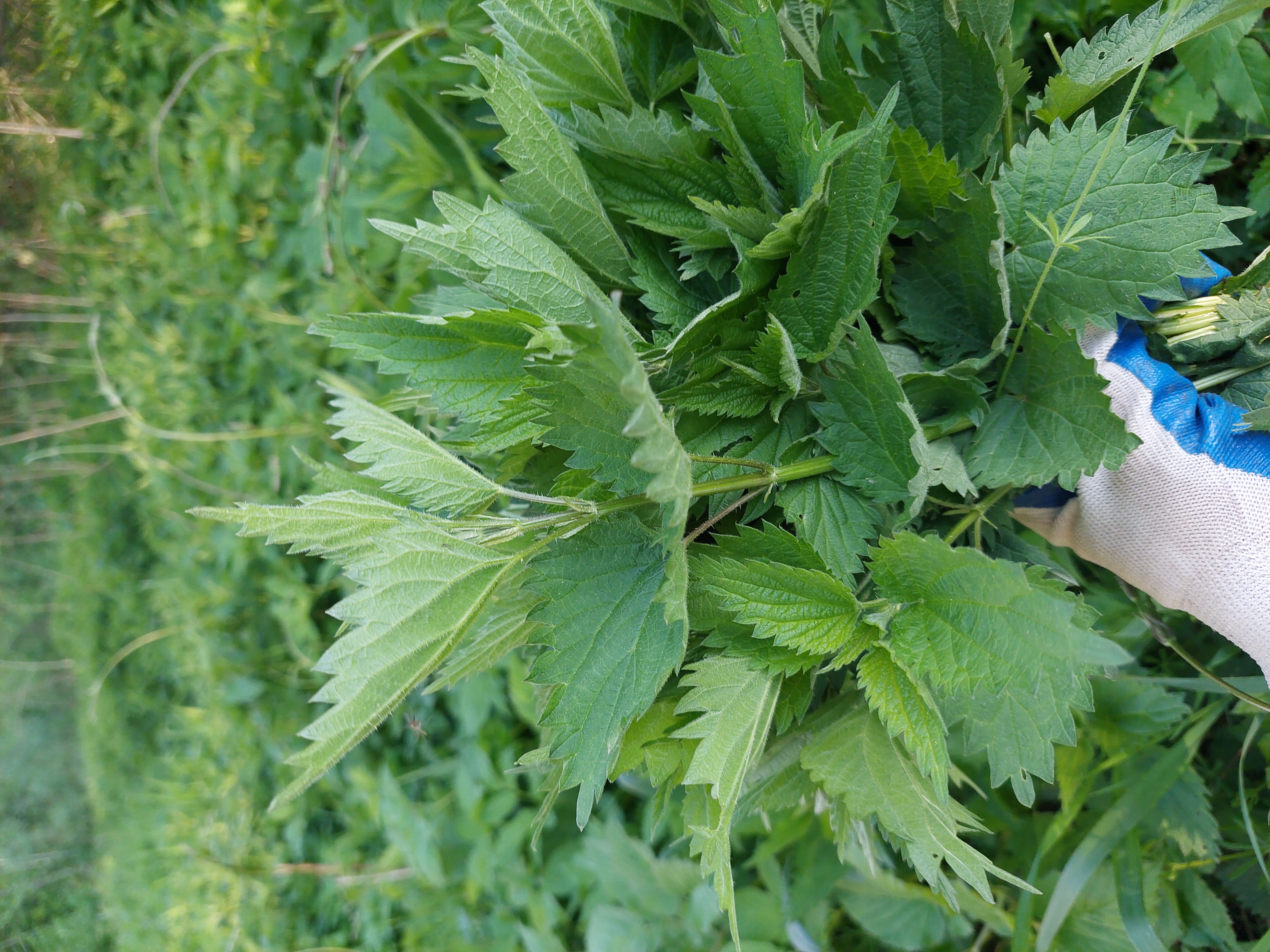STINGING NETTLE (‘Urtica dioica’)
 © E. Bēvalde.
© E. Bēvalde.A perennial herb of the nettle family, one of the best known members of the nettle genus.
This plant has a creeping, branching rhizome. The trunk is 60–110 cm high, bluntly four-sided, erect, usually not branched, hollow, almost bare in the lower part, the middle and upper part are covered with simple hairs and hairs, which cover the nodes of the trunk especially thickly. When lice come into contact with humans or other animals, they inject histamine and other chemicals into the skin, causing a burning, painful sensation.
The plant is used in medicine and food. The leaves contain vitamins K, C, B2, glycoside urticin, tannins, proteins, carotenoids, formic acid, histamine, chlorophyll and various trace elements – chromium, copper, manganese, aluminum, vanadium, iron. Pure chlorophyll can be obtained from the leaves of nettle, without the admixture of other pigments.

